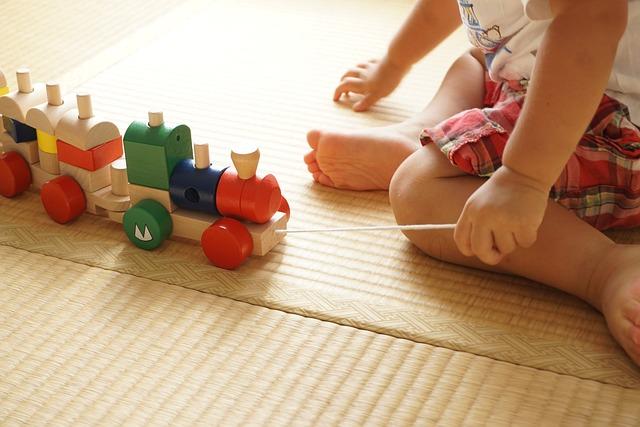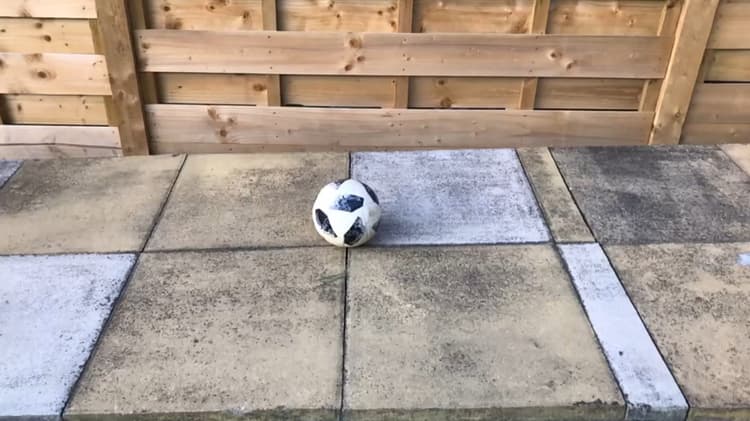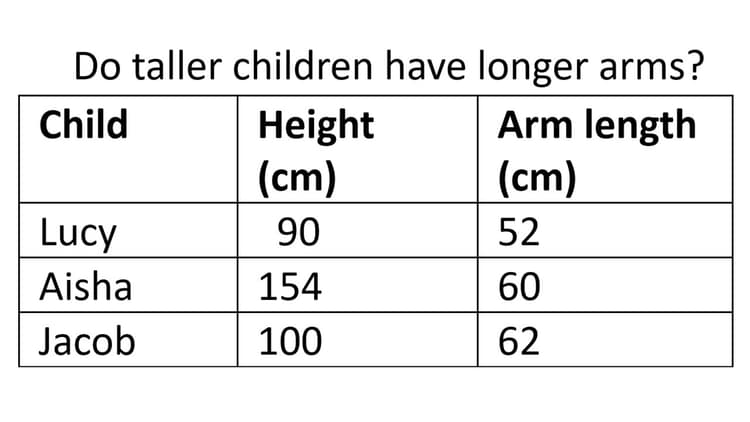Myths about teaching can hold you back
- Year 3
Different surfaces: do and review
I can carry out tests and compare how things move on different surfaces.
- Year 3
Different surfaces: do and review
I can carry out tests and compare how things move on different surfaces.
These resources were made for remote use during the pandemic, not classroom teaching.
Switch to our new teaching resources now - designed by teachers and leading subject experts, and tested in classrooms.
Lesson details
Key learning points
- Objects move differently over different surfaces.
- Scientists can carry out comparative test investigations to compare different surfaces.
- Friction forces slow down moving objects.
- A rough surface will create a greater friction force against a moving object than a smooth surface.
- In a conclusion, scientists explain what the results show or mean.
Keywords
Surface - The surface is the top or outside layer of something.
Friction forces - Friction forces are forces which act between the surfaces of objects.
Rough - Rough surfaces are uneven or bumpy.
Smooth - Smooth surfaces are even and not bumpy.
Conclusion - In a conclusion, scientists explain what the results show or mean.
Common misconception
Friction doesn’t have a direction; a force is needed to keep an object moving at a constant speed.
Provide examples, with images, to demonstrate the effects of friction on moving objects.
To help you plan your year 3 science lesson on: Different surfaces: do and review, download all teaching resources for free and adapt to suit your pupils' needs...
To help you plan your year 3 science lesson on: Different surfaces: do and review, download all teaching resources for free and adapt to suit your pupils' needs.
The starter quiz will activate and check your pupils' prior knowledge, with versions available both with and without answers in PDF format.
We use learning cycles to break down learning into key concepts or ideas linked to the learning outcome. Each learning cycle features explanations with checks for understanding and practice tasks with feedback. All of this is found in our slide decks, ready for you to download and edit. The practice tasks are also available as printable worksheets and some lessons have additional materials with extra material you might need for teaching the lesson.
The assessment exit quiz will test your pupils' understanding of the key learning points.
Our video is a tool for planning, showing how other teachers might teach the lesson, offering helpful tips, modelled explanations and inspiration for your own delivery in the classroom. Plus, you can set it as homework or revision for pupils and keep their learning on track by sharing an online pupil version of this lesson.
Explore more key stage 2 science lessons from the Simple forces including magnets unit, dive into the full primary science curriculum, or learn more about lesson planning.

Equipment
See additional information for further support and guidance.
Content guidance
- Risk assessment required - equipment
- Exploration of objects
Supervision
Adult supervision required
Licence
Prior knowledge starter quiz
6 Questions
Q1.What is a surface?
Q2.Which of the following statements are true about surfaces?
Q3.Starting with the smoothest, order these surfaces from smoothest to roughest.
Q4.You should only one thing in a comparative test investigation.
Q5.Match the enquiry type to the correct example.
comparing which torch produces the brightest light
sorting toys into those made of wood and plastic
Q6.Which of these parts of an investigation explain what the results show or mean?
Assessment exit quiz
6 Questions
Q1.Moving objects slow down or travel less far due to forces.

Q2.Friction forces act between the of objects.
Q3.Starting with polished ceramic tile, order these objects from the surface which creates the weakest friction forces to the surface that creates the greatest friction forces.
Q4.If a ball rolls over two different surfaces, it will move more slowly on the surface which creates the friction force.

Q5.What would you find in a conclusion?
Q6.Which is the correct conclusion from this enquiry question and set of results?



